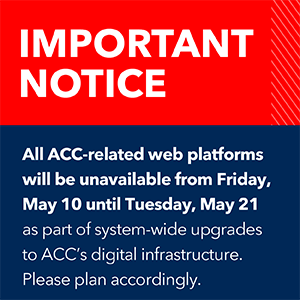Immediate Coronary Angioplasty with Elective Wiktor Stent Implantation Compared with Conventional Balloon Angioplasty in Acute Myocardial Infarction - STENTIM-2
Description:
Stenting vs. PTCA for restenosis in CAD.
Hypothesis:
To compare primary stenting to primary balloon angioplasty in acute myocardial infarction.
Study Design
Study Design:
Patients Screened: Not given
Patients Enrolled: 211
Patient Populations:
Randomization performed prior to wire recanalization
Exclusions:
Bifurcation lesions
Extensive calcification
Left main coronary disease
Primary Endpoints:
Combined angiographic restenosis and reocclusion at 6 months
Secondary Endpoints:
In-hospital death, reinfarction, repeat procedures
Drug/Procedures Used:
Wiktor stent versus conventional balloon angioplasty.
Principal Findings:
Computerized randomization divided patients into two groups: a stent group (101 patients) and a balloon group (110 patients). Thirty-five percent of patients assigned to the balloon group required rescue stenting for dissection or residual stenosis > 50%.
The following data were obtained from 90 patients in the balloon group before PTCA: reference diameter 2.90 ± 0.48, MLD 0.13 ± 0.32, and % stenosis 95.38 ± 11.24. Data from 77 patients in the stent group before PTCA showed reference diameter 2.67 ± 0.54, MLD 0.10 ± 0.28, and % stenosis 96.35 ± 10.26.
After PTCA, the values for the balloon group were as follows: reference diameter 2.95 ± 0.47, MLD 2.12 ± 0.50, and % stenosis 28.22 ± 10.63. For the stent group, the values were reference diameter 2.98 ± 0.41, MLD 2.42 ± 0.36, and % stenosis 18.43 ± 6.68.
At the six-month follow-up, the values for the balloon group were reference diameter 2.82 ± 0.53, MLD 1.60 ± 0.50, and % stenosis 43.25 ± 14.50. The values for the stent group were reference diameter 2.88 ± 0.54, MLD 1.79 ± 0.58, and % stenosis 37.96 ± 15.03.
The clinical follow-up at 6 months showed a higher incidence of re-PTCA for the balloon group (25.5% versus 15.8%). The balloon group also had more ischemic events (15.5% versus 11.9%). The 6-month event-free survival rate was 81.2% for the stent group and 75.5% for the balloon group.
Interpretation:
The STENTIM-2 investigators concluded that primary stenting in acute myocardial infarction improves angiographic outcomes compared to primary balloon angioplasty. There was no significant difference in event-free survival at 6 months, although there were fewer ischemic events and revascularization procedures in the stented group.
References:
1. Eur Heart J 1998;19(Abstr Suppl):59.
Keywords: Myocardial Infarction, Follow-Up Studies, Research Personnel, Disease-Free Survival, Constriction, Pathologic, Angioplasty, Balloon, Coronary, Stents
< Back to Listings

